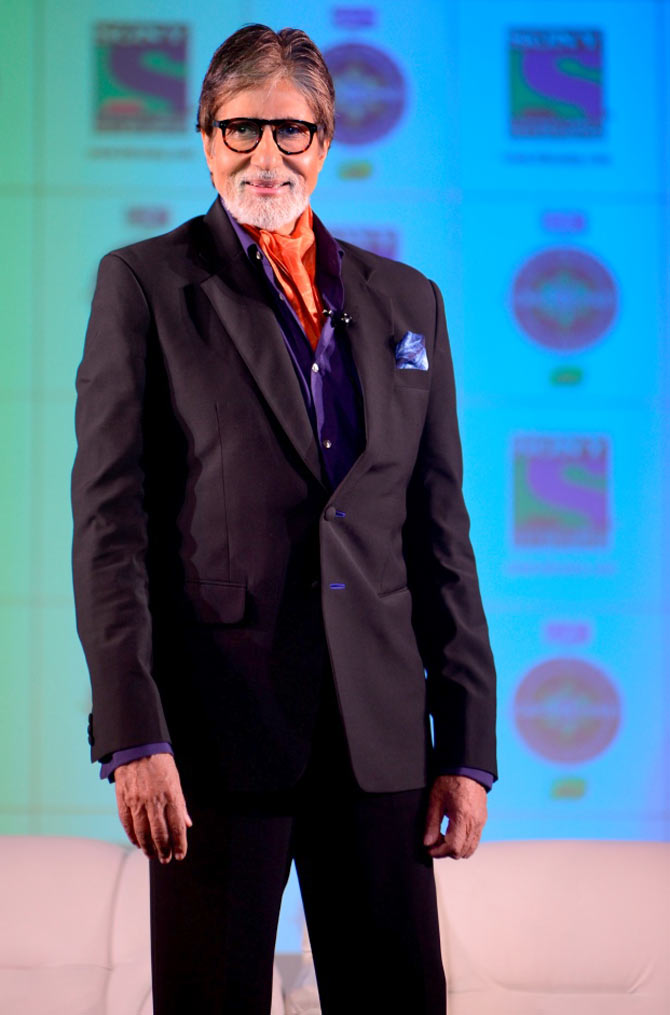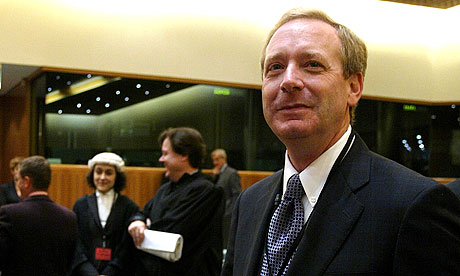China’s farmers, and the land they tilled, were once seen as a sacred symbol of the nation’s ambitious plans for a self-sufficient economy. Over the past several years, though, industrial complexes and housing have encroached on the country’s farmland—even as middle-class people, the beneficiaries of industrial growth, demand more meat, milk, and other farm-grown food. In order to feed a population of nearly one and a half billion, Chinese companies began a global hunt for food—buying farmland in Africa, Latin America, and elsewhere, and snapping up companies that manufacture grain, sugar, spirits, and milk.
Now, as a U.S. foreign-investment panel reviews the Smithfield deal, Chinese fears of American protectionism appear to be coming true. The planned acquisition has emerged as a symbol of foreign intrusion, raising concerns about how this could hurt American workers, national security, and the economy at large.
Daniel Slane, a commissioner with the U.S.-China Economic and Security Review Commission, which is tasked with monitoring U.S.-China relations, argues that Shuanghui could eventually outsource production to China and then import bacon and sausage into the U.S., at the expense of American workers. “Smithfield has forty-six thousand employees, including people who are just cutting various parts of the pork,” he said. “If I can get that done for two dollars an hour in China, why would I pay somebody sixteen dollars an hour in North Carolina?” Critics also point to endemic food-safety problems in China, which include hog corpses floating in Chinese rivers and pork tainted with banned substances.
Some even argue that Chinese ownership of Smithfield could pose a national-security threat. “The proximity to multiple U.S. bases and key military installations would provide a potential staging area for Chinese espionage efforts to advance the nation’s military program,” a group of farmers wrote to the government panel reviewing the deal. Smithfield “is a significant supplier of pork products to U.S. military installations,” they wrote, and if a merger went through, a Chinese-owned business “would control a portion of the food supplied to U.S. troops.”
Tim Gibbons, the communications director at the Missouri Rural Crisis Center, a nonprofit concerned with preserving family farms, summed up the wary attitude: “I am uncomfortable with foreign countries and their corporations owning and controlling our food,” he told me.
C. Larry Pope, Smithfield’s C.E.O., called such criticism bunk. “The bottom line is that this is all about U.S. exports to the Chinese market, not Chinese exports, or a loss of US competitiveness,” he said in testimony before the Senate. Smithfield has also said that the deal will benefit American farmers, since having a Chinese owner at the helm could increase export opportunities to that country. Pope added that the company’s rigorous food-safety protocols would remain strong under Shuanghui control.
None of this is new: Americans have long had a love-hate relationship with investors from abroad. On the one hand, the American penchant for capitalism and equal opportunity has always enticed foreign investors, from the French funding the Revolutionary War to the British helping finance the construction of the Erie Canal. Indeed, last year, direct foreign investment in the U.S. hit a record $2.7 trillion, following three decades of steady increases.
On the other hand, Americans have long grappled with an existential fear of foreigners controlling U.S. land and food resources. In 1887, Congress passed a law prohibiting alien land-ownership in federal territories, which was backlash to a growing number of foreigners acquiring homesteads and large tracts of land as the country expanded. “The feudal landlord system should find no encouragement in America,” read an April 1887 piece in the Chicago Daily Tribune. In the early twentieth century, amid a wave of Japanese migration, states passed laws prohibiting people “ineligible for citizenship”—a code for those mainly of Asian descent—from owning land. In 1948, the U.S. Supreme Court deemed California’s alien land law racist and unconstitutional; meanwhile, the U.S., after the Second World War, became more attractive for foreign investment.
By the nineteen-seventies, direct investment from abroad had reached record levels. Much of the money was coming from Middle Eastern states flush with oil money and from wealthy Europeans living under the Soviet glare and looking for places with well-protected land rights. The weakened value of the U.S. dollar made American assets a steal.
Farmland, in particular, was a hot commodity, since it was seen as a stable long-term investment. According to news reports, Prince Franz Josef II, then the ruler of Liechtenstein, had bought sixteen thousand acres of prime ranch land in Texas; the Flick family, heirs of German industrialist and infamous Nazi member Friedrich Flick, owned a cattle ranch in Kansas; and descendants of Prince von Metternich owned a farm in Iowa.
This raised the ire of Americans who were loath to relinquish to foreigners the soil that fed them. “Buying by outsiders is taking away the family-based farming communities that have helped make this country what it is,” a farmer told Time in 1978, in an article titled “The Selling of America.” Farmers worried that European aristocrats and oil-wealthy sheiks were driving up the price of land while also wresting control of the nation’s food supply.
“The general thinking was that it would be bad policy to allow foreigners to own the land on which our food is grown,” Roger McEowen, director of the Center for Agricultural Law and Taxation at Iowa State University, told me.
In response to the backlash, Congress called hearings on whether foreign investment should be curtailed. In 1978, it began requiring foreign buyers of farmland to report their holdings to the Secretary of Agriculture. Several Midwestern states also passed laws, or tightened existing laws, limiting foreigners’ rights to own farmland. The laws, for the most part, worked. Today foreigners hold less than two per cent of all agricultural land in the U.S., only a slightly higher percentage compared to a quarter century ago. However, this share is growing as more foreign entities, including pension funds and other investors, look to cash in on a boom in farmland values and commodity prices.
Today, complaints over the Smithfield deal are similarly prompting government scrutiny. And the outcry follows a familiar script: The lament for the vanishing family farm, the dissent over foreigners controlling our food supply, and the anxiety over a triumphant other, in this case the Chinese, who already own nearly $1.3 trillion in Treasury securities. The Senate last month held a hearing on the deal, titled “Smithfield and Beyond: Examining Foreign Purchases of American Food Companies.” And the Committee on Foreign Investment in the United States, a secretive interagency group formed in 1975 by President Ford, has taken up its own examination of the deal.
The truth is that the sale faces few serious stumbling blocks. It’s unlikely that the foreign-investment committee will stop it. Only the U.S. President has the authority to suspend a transaction while it’s being reviewed by that committee; and just twice in American history has a President done that. (Both suspensions, it so happens, were transactions involving Chinese companies.) Virtually no one can stop a deal after the committee has approved it, and in this case, the Smithfield deal is expected to win approval. Smithfield shareholders are set to vote on it next month, and the company has said it plans to close the sale in the second half of this year.
Again and again in U.S. history, the economic arguments for foreign investment have trumped politics. Indeed, foreign companies now own plenty of American food brands. Ben & Jerry’s ice cream is owned by Unilever, a British and Dutch company. Gerber, the baby-food company, belongs to Nestle, a Swiss company. And just a few years ago, the U.S. meat processor Swift & Co. was bought by the Brazilian meatpacking giant JBS. Americans will likely have to get used to the idea of companies from China, and the rest of the world, owning more American food and farms.
 The increase in rates, which will be effective midnight on Saturday, are excluding local sales tax or VAT, Indian Oil Corp, the nation's largest fuel retailer, announced. The actual hike will be higher and will vary from city to city.
The increase in rates, which will be effective midnight on Saturday, are excluding local sales tax or VAT, Indian Oil Corp, the nation's largest fuel retailer, announced. The actual hike will be higher and will vary from city to city.















